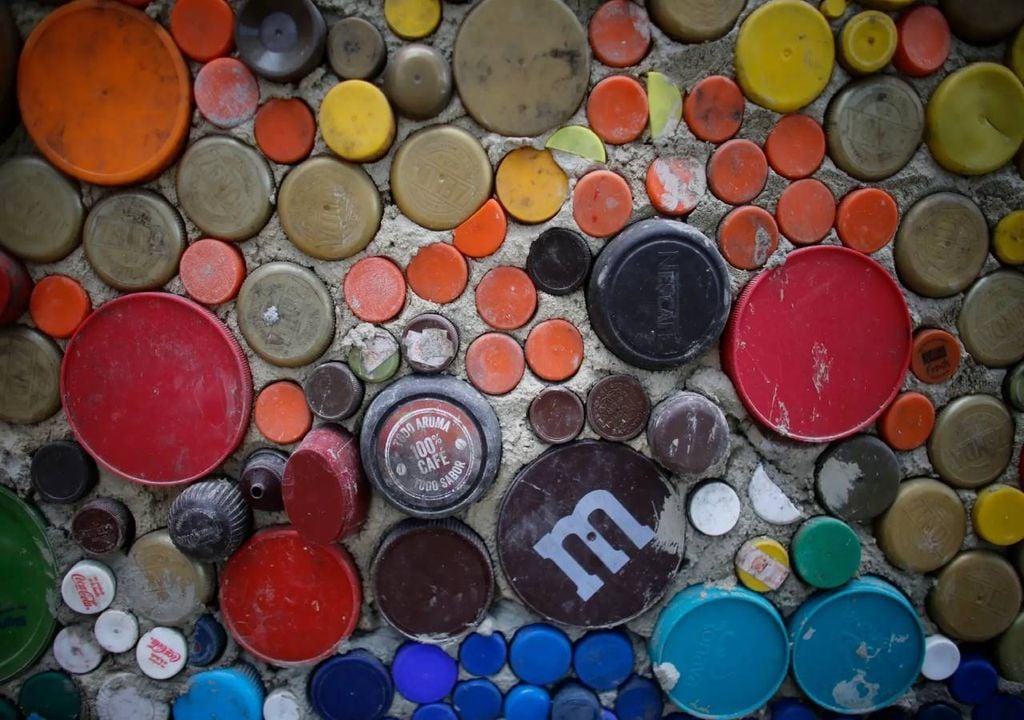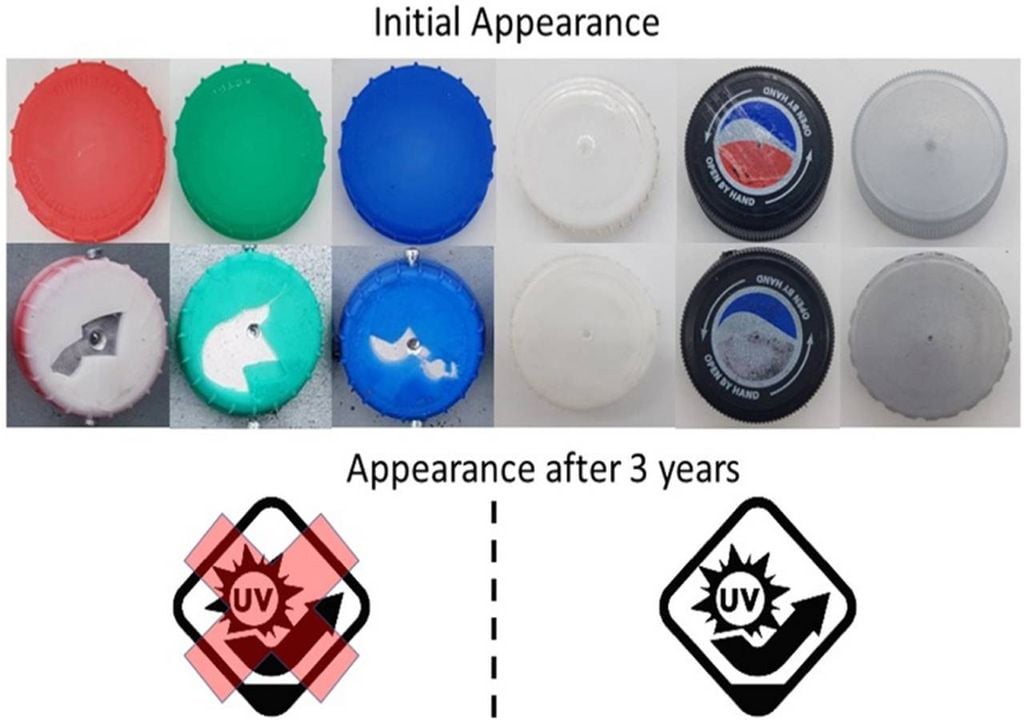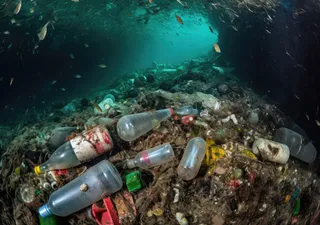Did you know that brightly coloured plastics are even more harmful to our health?
Studies reveal that red, blue and green plastic breaks down into microplastic particles faster than simpler colors. Find out more here!

According to an article in The Guardian, scientists have found that the plastics of everyday products, such as bottles, toys or even brightly colored outdoor furniture degrade into microplastics faster than simpler colors.
A project led by the University of Leicester and published in the journal Environmental Pollution, came to the conclusion that red, blue and green plastics have become "very fragile and fragmented", while black, white and silver samples remain "practically unchanged" over a period of three years.
The scale of environmental pollution caused by plastic waste means that microplastics, or small plastic particles, are everywhere. In fact, they have recently been found in human testicles, with scientists suggesting a possible link to the decrease in sperm count in men.
In this case, scientists from the United Kingdom and the University of Cape Town, in South Africa, used complementary studies to demonstrate that plastics with the same composition degrade at different rhythms depending on the color.

To reach these conclusions, British researchers, as part of the project, placed bottle caps of various colors on the roof of a university building to be exposed to the sun and weather for three years. In South Africa, they used covers of different colors collected on a remote beach.
"What the experiences have shown is that, even in a relatively cool and cloudy environment for only three years, huge differences in the formation of microplastics can be observed."
Dr. Sarah Key - project leader.
Retailers and manufacturers should therefore pay more attention to the color of short-lived plastics.
Colored plastic is more attractive at the time of purchase
Adam Herriott, a senior plastics specialist at the social solidarity organization Wrap, states that colored plastic has traditionally been used to make products stand out in stores, but the organization is already advising manufacturers to avoid pigments so that plastic can be recycled more easily.
The results demonstrate that black, white and silver dyes protect plastic from harmful ultraviolet (UV) radiation, while other pigments do not. The damage caused by UV rays changes the structure of the plastic polymer, making it fragile and susceptible to fragmentation.
Sara Key calls on manufacturers to take into account the possibility of recycling the material and the likelihood that it will be deposited in the trash when designing plastic articles and packaging.
For articles that are used outdoors or that are very exposed to sunlight, colors such as red, green and blue should be avoided so that they last as long as possible.
Article reference:
S. Key, et al., 2024 "Influence of colourants on environmental degradation of plastic litter."








